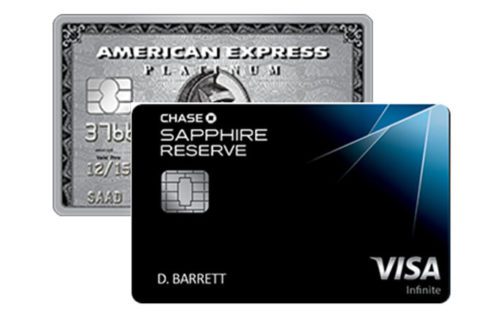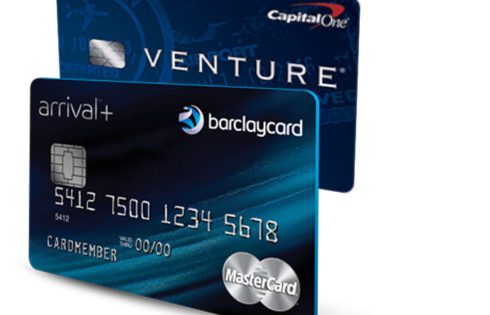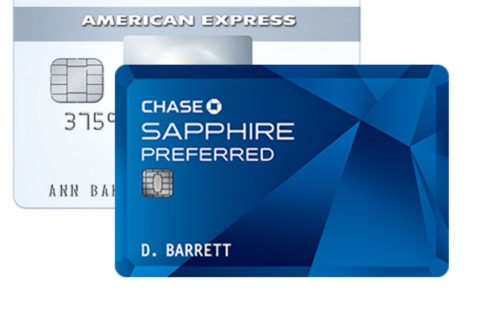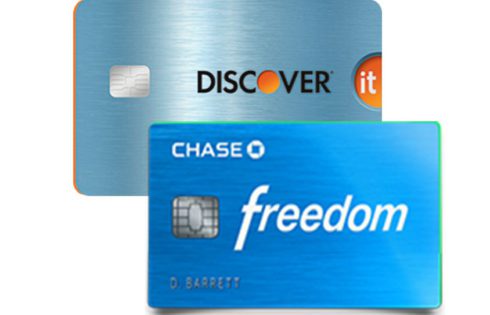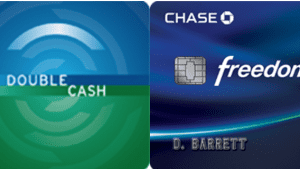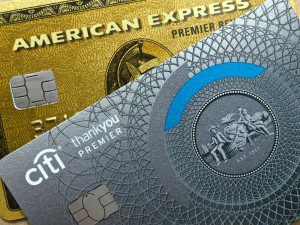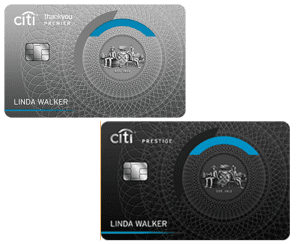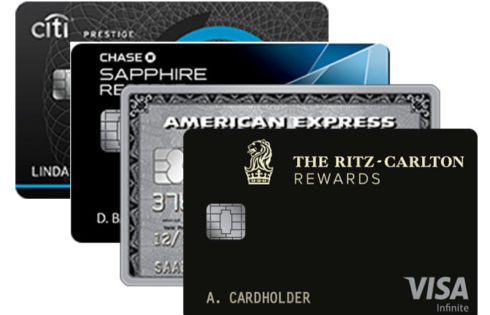
Choosing Between the Sapphire Reserve, Prestige, Platinum, and Ritz-Carlton Credit Cards
[Offers contained within this article may no longer be available] The Chase Sapphire Reserve, Citi Prestige, Platinum Card from American Express, and Ritz-Carlton are four of the top benefit-based credit

